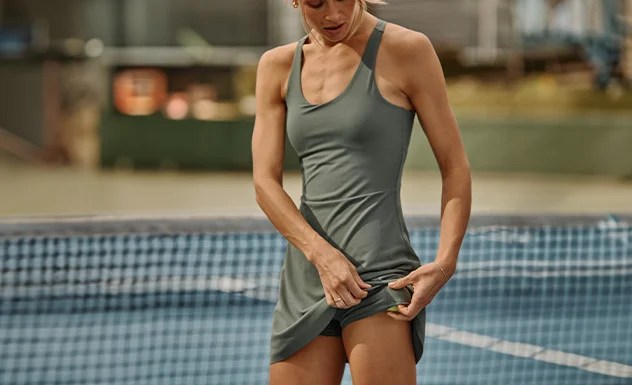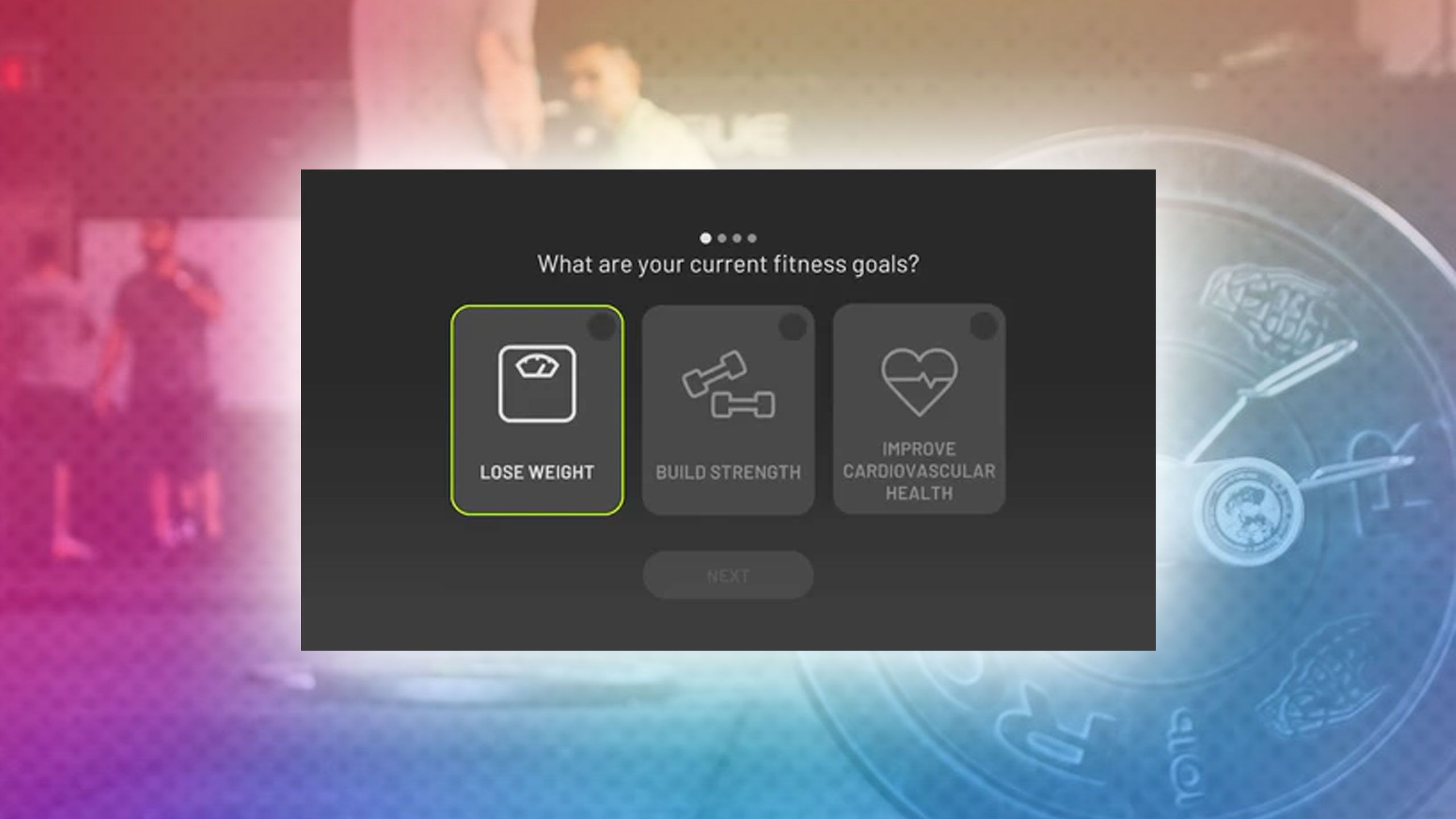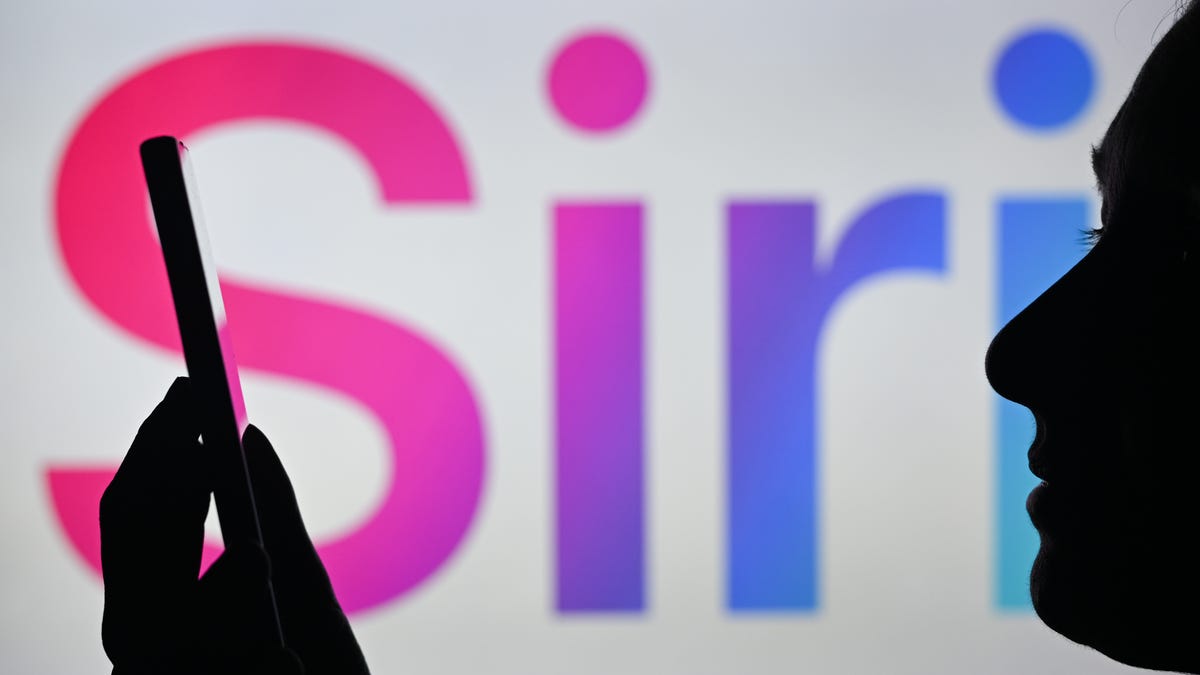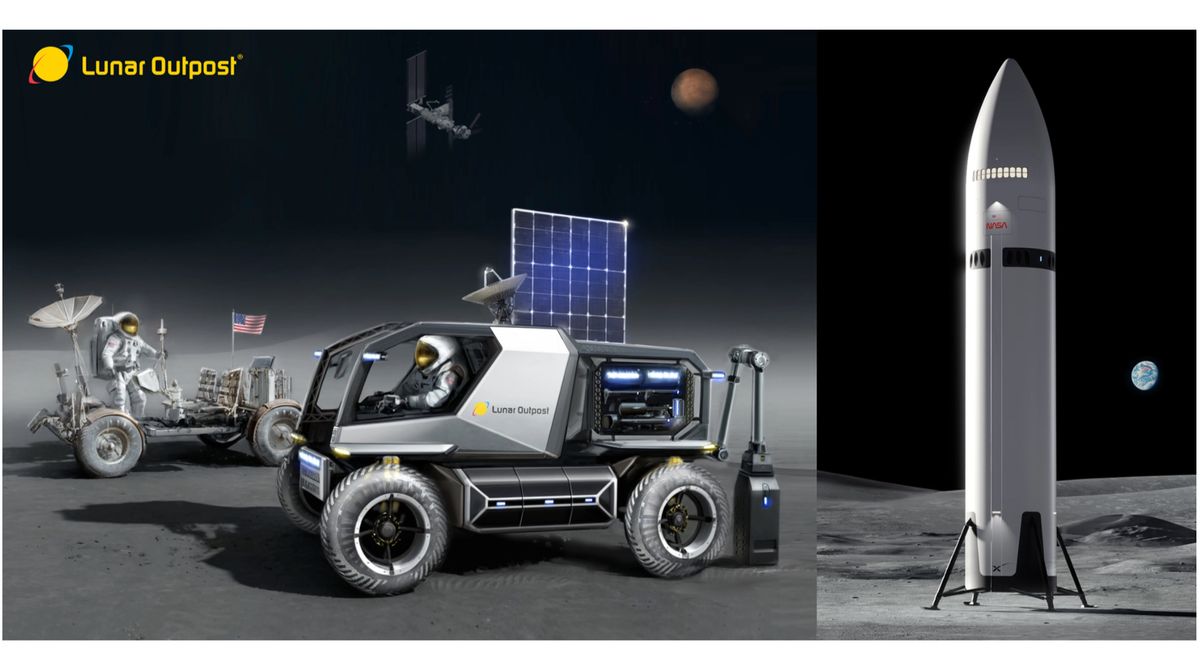Fashion
Fashion Briefing: How can brands stand out in the increasingly crowded activewear category?

This week, a look at Rhone’s womenswear launch, the glut of activewear brands that have flooded the market and the ways brands can stay competitive as activewear grows.
Nate Checketts, founder of the 9-year-old men’s activewear brand Rhone, admits that “the macro environment is not conducive to category risk right now.”
And yet taking a risk on a new category is exactly what Rhone is doing. As of May 6, Rhone has officially entered into women’s activewear with a new women’s line, designed over the last two years by a combination of the brand’s existing product team and new hires brought over from brands like Athleta.
Checketts told Glossy that the demand for women’s activewear by Rhone was clear. Thirty percent of the brand’s customers were already women despite the fact that it had never sold designed-for-women collections before this year. Rhone first dabbled in womenswear in February, partnering with the LPGA golf league by becoming the first on-course apparel provider and dressing the league’s staff for the LPGA and Epson Tours. In March, the brand added two new board members including Tess Roering, a former executive at CorePower Yoga and Athleta. She brought expertise in women’s branding and marketing that has been integral to the launch, Checketts said.
Rhone’s expansion comes at a time when activewear is one of the most crowded categories in fashion. Powerhouse legacy brands including Nike and Adidas, growing mid-size brands like On Running and Gymshark, yoga brands like Lululemon and Alo Yoga, startups with huge amounts of funding like Vuori, and celebrity-backed brands like the Tom Brady-backed Nobull make activewear incredibly competitive. That’s not to mention the established fashion brands that have launched activewear lines or collections, like Reformation with Ref Active line and H&M with Move.
Checketts said the congested space was something he and his team discussed at length before launching womenswear. A strong value proposition was necessary to go there, they decided.
“We see so much sameness in activewear in women’s,” Checketts said. “Many of them are pretty much yoga brands at their core. Yoga is great. We make yoga stuff. But that’s only one modality of women’s active life, and it’s insulting to reduce the breadth of women’s sports to just yoga.”
Rhone’s line includes a wide variety of women’s apparel including tennis skirts and sports dresses, banking on the growth of tennis and other women’s sports. The line is priced similarly to the men’s clothes, ranging from $58-$128, and is sold both online and in Rhone’s several hundred stores around the world. Rhone is a profitable company with more than $100 million in annual revenue. More partnerships with women’s sports leagues and athletes will be a part of its marketing plan for the women’s category going forward.
In Checketts’ estimation, the reason so many activewear brands have recently popped up is simple: It’s a growing category. Global activewear sales amount to over $500 billion, and that number is projected to keep growing over the next few years. The success of brands like Alo Yoga and Nike, along with newer brands like Vuori, lead many to think it’s a goldmine category.
“There’s a natural attraction to a growing category,” Checketts said. “But the cost of media has gone up significantly. It’s a lot harder to get off the ground now than it was five to 15 years ago. And on top of that, activewear is a very technically complex category. It’s not easy at all.”
Checketts pointed to several recently launched activewear brands that ultimately flopped. Often, these brands have celebrity attachment. Tom Brady’s brand, Brady, was launched in 2022. But after a quiet two years, including a long dormant period, it merged with men’s activewear brand called Nobull at the beginning of 2024. Even Beyonce’s Ivy Park brand in collaboration with Adidas closed down after reportedly losing too much money.
Outside of celebrity brands, companies like Outdoor Voices and Allbirds have also struggled or even declared bankruptcy after failing to compete in activewear.
The frequent failures of new activewear brands, barring success stories like Skims, have meant that the bigger companies aren’t feeling threatened.
“There’s certainly more competition now,” said Kyle Blakely, svp of innovation, development and testing at Under Armour. “But we don’t see them as nipping at our heels. If anything, we learn from them and it helps us sharpen our product. Our perception is that many of these brands are doing things that we’ve already done in the past and have a lot of expertise in.”
Executive moves
-Brendan Hoffman, former CEO of Vince and Wolverine Worldwide, launched a new company this week with Christine Hunsicker, founder and CEO of the rental tech company Caastle. The new company, called P180, will acquire and invest in brands that use rental technology and consult with other fashion brands on the best ways to make use of rental technology.
-Gap Inc. hired Fabiola Torres, former marketing executive for brands like Nike, Apple and PepsiCo, as its new global CMO.
-Dao-Yi Chow was announced as the new creative director of New Era, the hat brand. Chow is the co-founder of Public School and has had stints at numerous other fashion brands including DKNY an Brady.
Inside Glossy’s coverage
1 year after its Roblox debut, Pacsun invests in advertising on the platform
Tommy Hilfiger-styled Stray Kids dominated the Met Gala buzz on social media
Esprit’s Scott Lux: ‘At the end of the day, the product and customer have to be the heroes’







